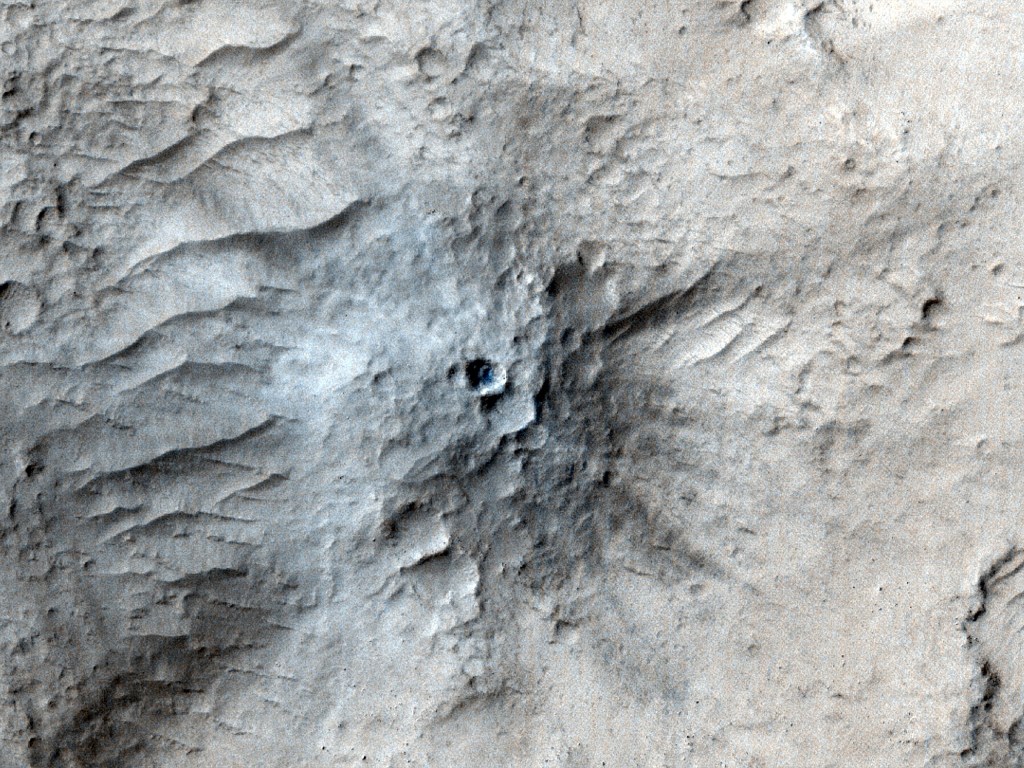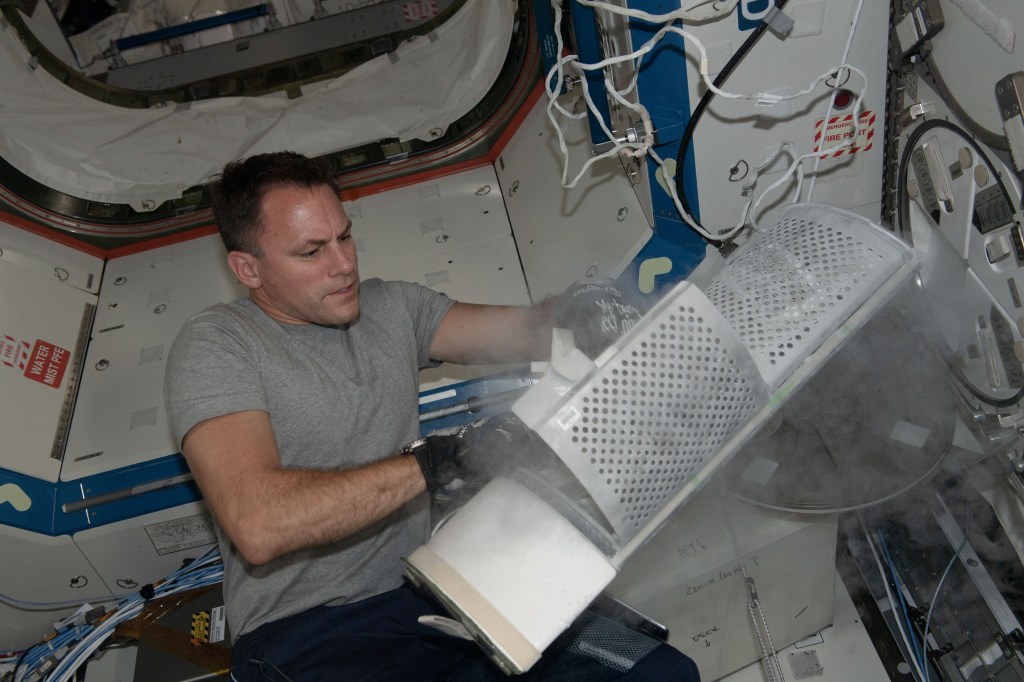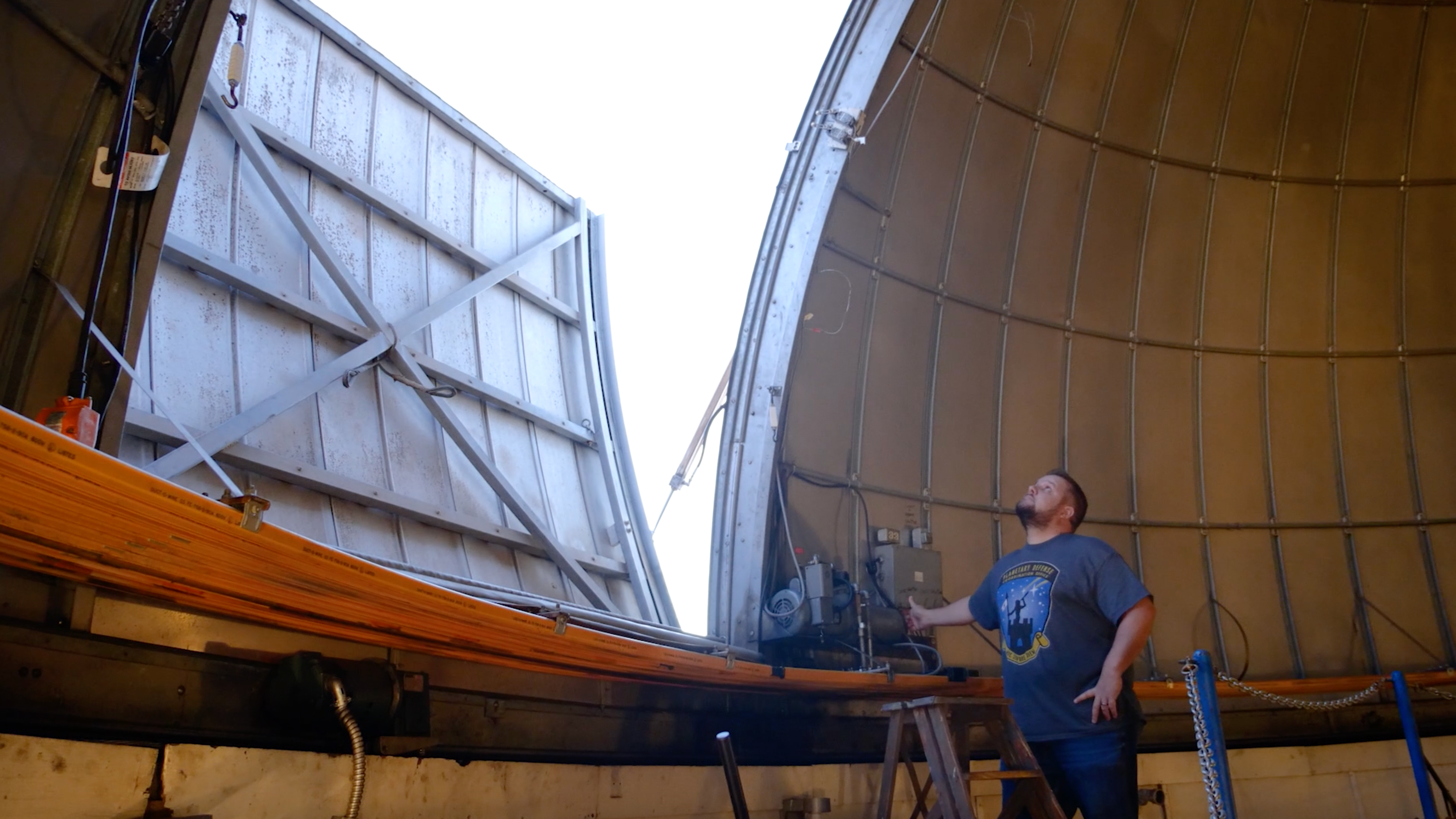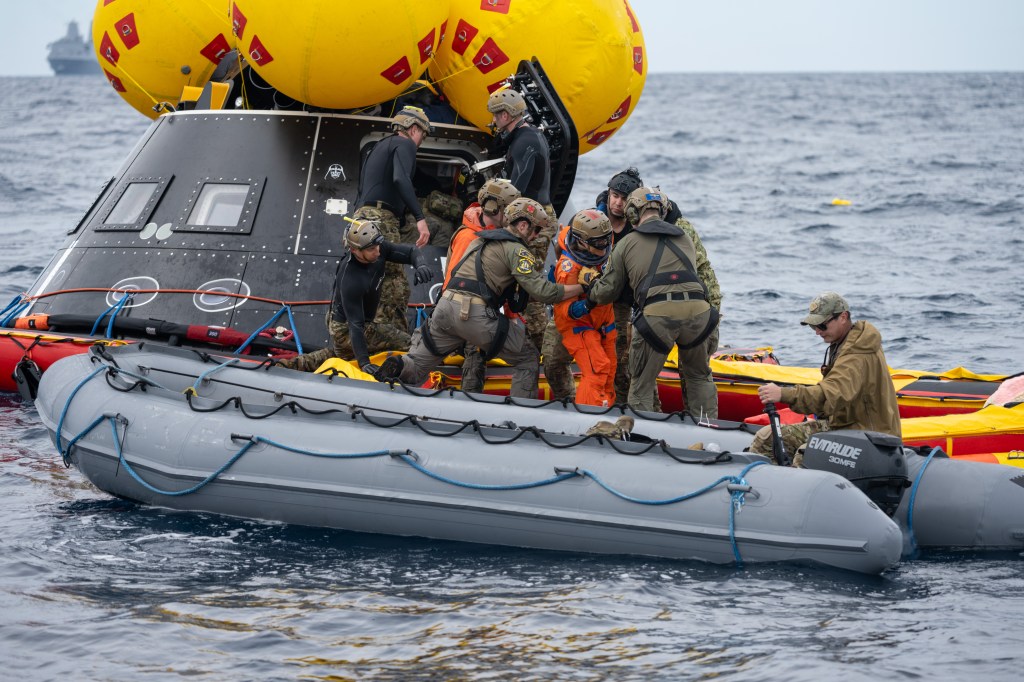NASA’s Stennis Space Center is completing updates to its Data Acquisition System at the historic Fred Haise Test Stand to enable collection of critical test information on RS-25 engines that will help power the Space Launch System (SLS) rocket.
Operators collect data while testing RS-25 engines to better understand the engine and its performance. The data also provides information on test facility systems and helps operators determine if new engine parts and components are achieving the intended results.
The new acquisition system will improve efficiency in collecting data during such engine tests. Before the updates, the low-speed and high-speed channels, both part of the full Data Acquisition System, would take a full day to prepare prior to conducting a typical test.
The low-speed system consists of 512 channels collecting data at 250 samples per second. That equals more than 7.6 million pieces of data per minute.
The high-speed system consists of 256 channels collecting data at 102,400 samples per second. That equals more than 1.5 billion pieces of data per minute.
The preparation process for the old system involved operators manually touching every electrical amp for the more than 500 low-speed channels to verify they were set properly to collect information. Engineers would sometimes have to adjust the potentiometers, small resistors used to measure electromotive force, of each amp multiple times to ensure the setup was correct.
With the new system, engineers will be able to complete the same tasks in half the time with keystrokes and a keyboard.
Stennis Space Center is currently preparing to conduct certification tests for production of new RS-25 engines for future Artemis missions. Stennis has already tested engines for the first four Artemis missions.
Every RS-25 engine that will help power the Space Launch System rocket at launch will be tested at Stennis, including those that return the first woman and first person of color to the Moon and those that will power eventual missions to Mars.
“It’s a pretty exciting time for us over here at the Fred Haise Test Stand, being able to test the engines that are going to be powering us and Artemis back to the Moon,” NASA electrical engineer Cory Beckemeyer said.
For information about Stennis Space Center, visit:
C. Lacy Thompson
Stennis Space Center, Bay St. Louis, Miss.
228-363-5499
calvin.l.thompson@nasa.gov




























